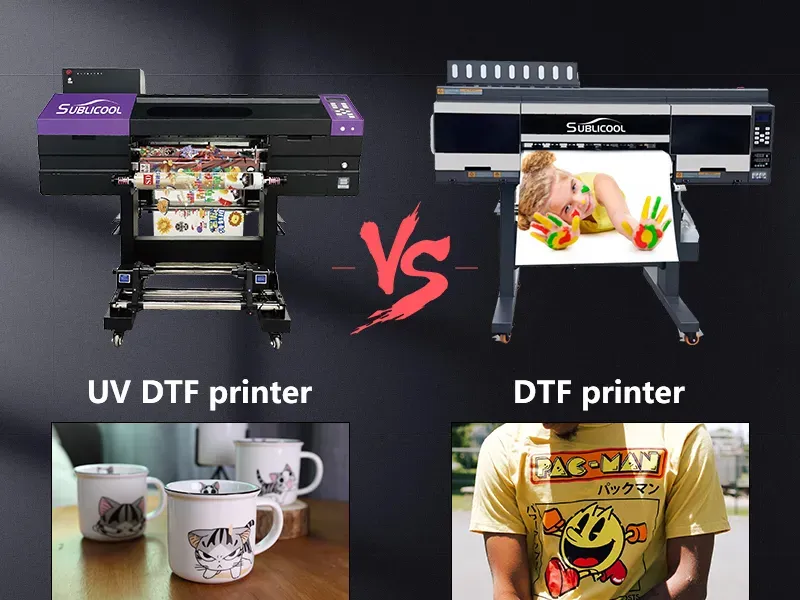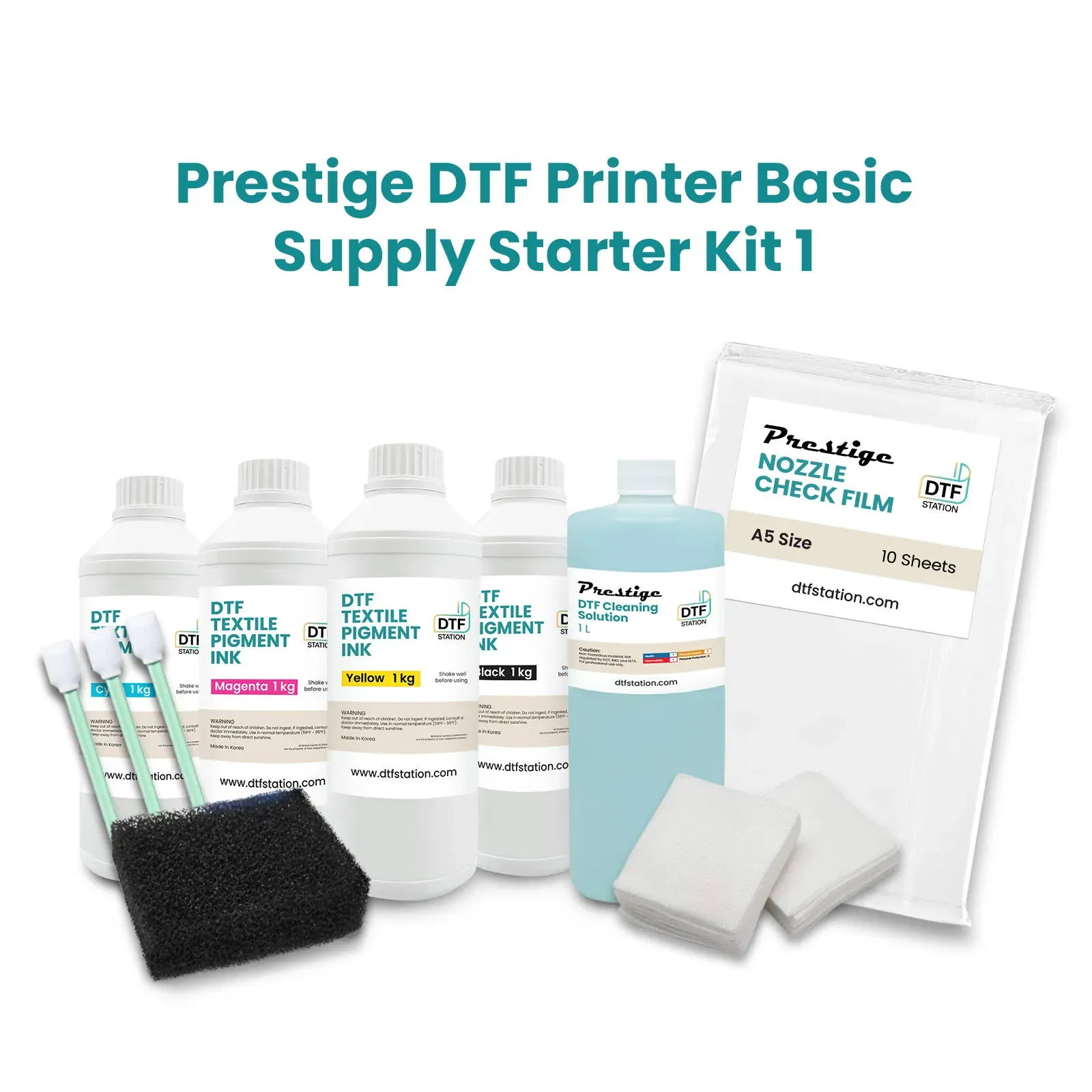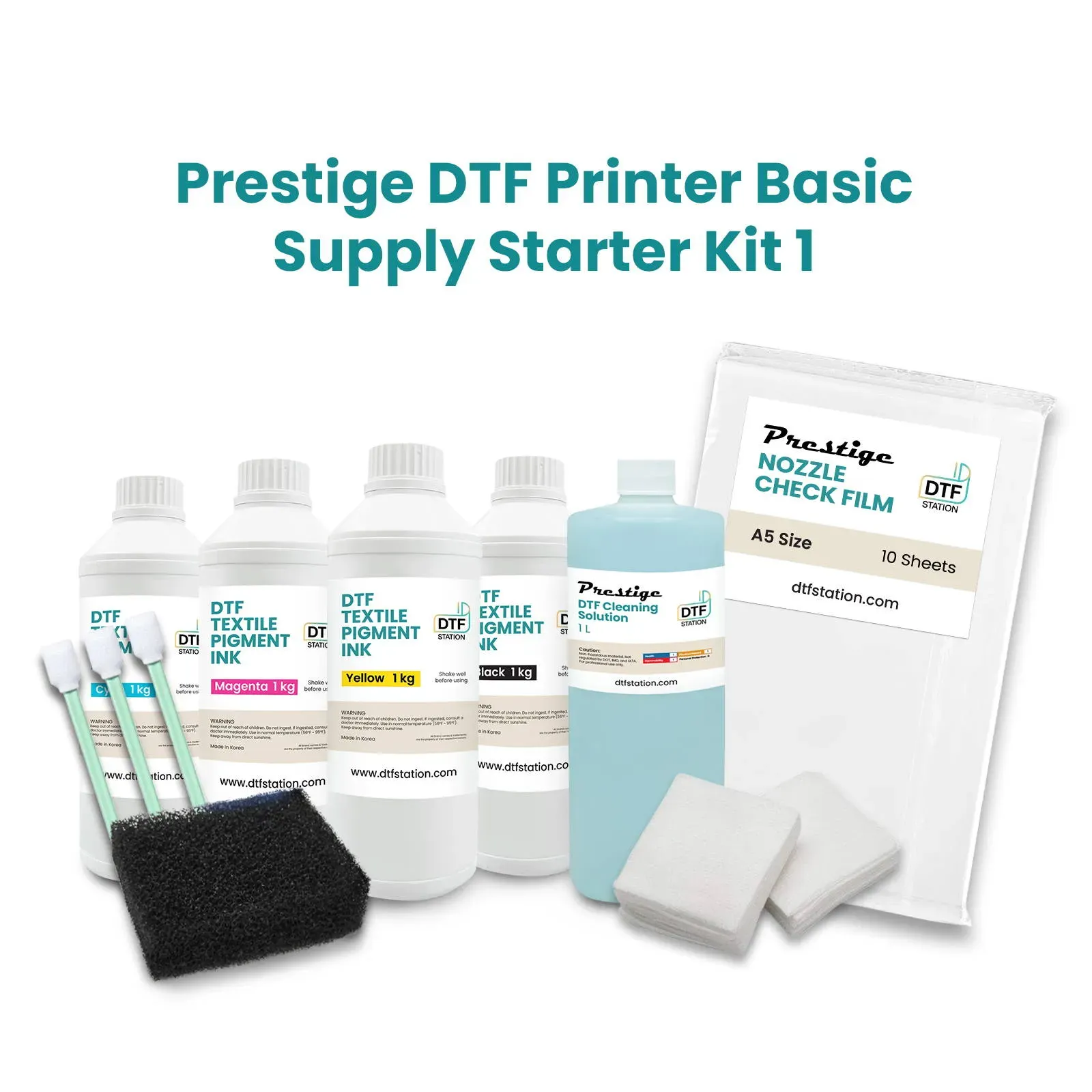UV DTF vs DTF: Choosing the Right Printing Method
In the rapidly advancing printing landscape, the comparison between UV DTF vs DTF has become crucial for businesses looking to optimize their production processes. Both methods, Ultraviolet Direct to Film and Direct to Film printing, offer distinct advantages that cater to various market needs. With UV DTF utilizing cutting-edge UV printing technology, it boasts quick curing times and heightened durability, making it ideal for diverse substrates beyond textiles. On the other hand, the DTF printing process excels in producing vibrant colors suitable for fabric applications, appealing to those who prioritize textile printing. By exploring the UV DTF advantages and contrasting them with traditional DTF methods, businesses can make informed choices tailored to their unique printing requirements.
When diving into the realm of contemporary printing techniques, a significant focus arises around the nuances of ultraviolet and direct-to-film methods, often referred to as UV and DTF printing, respectively. The advancement in printing technology has brought forth a debate about which approach offers better outcomes for producers and consumers alike. UV DTF printing promises enhanced speed and durability, catering to a wider variety of materials, while DTF focuses on vibrant fabric prints that are cost-efficient for small businesses. This juxtaposition not only highlights the capabilities of each method but also encourages a thoughtful consideration of individual production goals. Understanding these distinct processes is key to unlocking potential opportunities within the competitive printing industry.
1. The Basics of DTF Printing Process
Direct to Film (DTF) printing is a unique technique that enables high-quality designs to be transferred from a film onto various fabric types. The DTF printing process starts with creating a digital design that is printed onto a special film using water-based inks. The printed film is then coated with a powder adhesive and heated, allowing the design to adhere effectively to the fabric during the transfer process. This method not only provides exceptional flexibility in printing but also results in vibrant colors that appeal to consumers. Businesses increasingly adopt DTF because it supports various fabric types. From cotton to blends, it caters to a diverse range of apparel, making it an attractive option for smaller enterprises or those exploring garment printing without significant overhead despite its simple and straightforward process.
Moreover, the DTF printing method stands out for its cost effectiveness, especially for smaller batch production. The initial investment required for DTF printing equipment tends to be lower than other methods, such as direct-to-garment (DTG). This makes it ideal for entrepreneurs looking to dive into the garment printing business without incurring heavy upfront costs. Additionally, DTF allows for rapid iterations and flexibility in design adjustments, further enhancing its appeal. The ability to customize small batches of products can also lead to increased customer satisfaction, as businesses can meet unique demands more efficiently.
2. Key Benefits of DTF Printing
The DTF printing process offers several noteworthy advantages that set it apart from other printing technologies. One primary benefit is its color vibrancy; DTF prints are renowned for their ability to produce bright, eye-catching designs that stand out on fabrics. The water-based inks used in DTF printing enhance color representation and details, making them suitable for artistic designs and branding. Furthermore, the process is adaptable, allowing for various fabric prints, extending from t-shirts to apparel items made from blends, and catering to a wider market.
In addition to vibrant colors, DTF printing excels in flexibility, making it easier for businesses to customize their offerings. The technique supports quick changes in designs, which is a crucial factor in the fast-paced fashion world. This adaptability facilitates quick turnarounds and allows businesses to respond effectively to the trends and demands of their clientele. For small businesses or startups in the apparel market, adopting DTF may lead to increased efficiency and lower costs without sacrificing quality.
3. UV DTF Printing: A New Horizon
UV DTF printing is an innovative technique that harnesses the benefits of ultraviolet light to expedite the curing process of inks before they are applied to different surfaces. This advanced technology allows for almost instantaneous curing, significantly reducing production times compared to conventional methods. One of the standout characteristics of UV DTF is its versatility in material use—beyond fabric, this method can print on surfaces like plastics, metals, and glass. The wider application range presents businesses with innovative opportunities to expand their product lines.
Additionally, UV DTF printing ensures excellent durability, which is a vital consideration for many businesses. The cured inks are known for resisting scratches, fading, and environmental impacts, making them ideal for outdoor items and high-use products. As print quality and longevity become critical issues for businesses catering to consumer demand, the attributes of UV DTF may position it as an ideal solution for companies seeking reliability and versatility in their offerings.
4. Comparing UV DTF vs DTF: Durability and Performance
When comparing the durability of UV DTF vs DTF, it becomes evident that UV DTF has multiple advantages. UV-cured products exhibit superior performance when subjected to frequent washing and environmental conditions. This is particularly significant in the apparel sector, where customer satisfaction hinges on the longevity of printed designs. Owners of businesses focused on high-quality garment production must consider the long-term benefits of adopting UV DTF to reduce returns and maintain customer loyalty, especially for items exposed to the elements.
On the other hand, traditional DTF still holds strong validities in areas such as cost-effectiveness and ease of use, particularly for smaller batches. While DTF may be easier for startups or businesses looking to enter the industry with minimal investments, the limitations regarding material compatibility and durability should be carefully assessed. Both methods have their advantages, and businesses must tailor their choices according to their unique production needs and market strategies for optimal success.
5. Emerging Trends in UV DTF and DTF Printing
Recent trends highlighted in the printing industry show a significant movement toward UV printing technologies, with a growing adoption of UV DTF among manufacturers aiming for hybrid solutions. This approach combines the strengths of UV DTF and standard DTF to cater to a more diverse range of customer needs. As the industry evolves, it is increasingly clear that businesses that embrace both technologies may find greater success in accommodating various applications and innovations.
Furthermore, the rising popularity of eco-friendly printing practices and materials is influencing the landscape of both UV DTF and DTF methods. As consumers become increasingly conscious of environmental impacts, businesses are prompted to adapt their printing practices to remain competitive. By exploring the current advancements in UV and DTF technologies, companies can enhance their production capabilities while also addressing sustainability goals, thereby appealing to a more environmentally aware customer base.
6. Making the Right Choice: UV DTF vs DTF
Deciding between UV DTF and traditional DTF printing ultimately centers on understanding your unique production needs and objectives. If your primary focus is versatility across various materials and the capability to produce long-lasting products, UV DTF stands out as an ideal choice. The higher durability and faster production times offer significant benefits for businesses looking to expand their market reach and offer a diverse array of products. However, if your business targets textile printing specifically and intends to minimize startup costs, standard DTF might still be a wise selection.
Ultimately, as businesses evolve and explore advancements in printing technologies, keeping informed about the capabilities and applications of both UV DTF and DTF will play a crucial role in making the best choices for future growth. By assessing both methods and considering factors such as material compatibility, cost, and product longevity, businesses can navigate the intricate landscape of printing technologies to ensure they meet their goals effectively.
Frequently Asked Questions
What are the main differences between UV DTF vs DTF printing?
The primary differences between UV DTF and DTF printing lie in their curing processes and material compatibility. UV DTF printing uses ultraviolet light to cure inks quickly and can print on various substrates, including plastics and metals. In contrast, standard DTF printing primarily focuses on fabrics and involves transferring designs from a special film using heat and pressure. This versatility makes UV DTF ideal for a wider array of applications.
What advantages does UV DTF have over standard DTF printing?
UV DTF offers several advantages over standard DTF including faster curing times, excellent durability, and the ability to print on rigid materials. UV-cured inks are more resistant to fading, scratching, and abrasion, making UV DTF prints ideal for items requiring long-lasting quality. Additionally, the versatility in materials for UV DTF expands creative possibilities for custom products.
Can UV DTF printing be applied to fabrics like traditional DTF?
Yes, UV DTF printing can be applied to fabrics, similar to traditional DTF. However, it also extends beyond textiles to include hard surfaces such as plastics, metals, and glass. This capability allows businesses to diversify their product offerings while still benefiting from high-quality prints on fabric.
Is DTF or UV DTF printing more cost-effective for small businesses?
For small businesses, standard DTF printing is generally more cost-effective due to lower initial setup costs and equipment requirements. However, if a business aims to offer a broader range of products and requires higher durability prints, the higher startup costs of UV DTF may be justified in the long run due to its versatility and potential for high-quality results.
Which printing method offers better color vibrancy: UV DTF or DTF?
UV DTF printing typically offers better color vibrancy compared to standard DTF. The curing process in UV DTF allows for a thicker layer of ink application, enhancing the overall appearance and color saturation of designs. This feature makes UV DTF a popular choice for projects requiring striking visual effects.
What should businesses consider when choosing between UV DTF vs DTF printing?
Businesses should consider their target market, production scale, material compatibility, and specific use cases when choosing between UV DTF and DTF printing. If flexibility across materials and durability are priorities, UV DTF may be the best choice. Alternatively, for those focused primarily on fabric printing with manageable initial costs, standard DTF may be more beneficial.
| Category | DTF Printing | UV DTF Printing |
|---|---|---|
| Definition | Directly prints designs onto a special film for transfer onto fabrics. | Utilizes UV light to cure inks on film before transferring to various surfaces. |
| Color Vibrancy | Bright colors, great detail. | Slightly enhanced vibrancy due to thicker ink layers. |
| Durability | Good for fabrics but less durable over time. | Highly durable; resistant to scratches and fading. |
| Material Compatibility | Mainly for textiles like cotton and blends. | Can print on textiles and rigid surfaces (plastics, metals, glass). |
| Cost Considerations | Low initial investment; ideal for small batches. | Higher setup costs; justifies with broader application potential. |
| Recent Trends | Stable adoption within small businesses. | Growing trend towards hybrid solutions and innovative applications. |
Summary
In the discussion of UV DTF vs DTF printing, it’s clear that both techniques serve unique purposes in the printing industry. UV DTF offers superior versatility and durability, making it an excellent choice for businesses looking to expand their product range beyond textiles, while standard DTF shines in cost-effectiveness and fabric printing. By assessing specific needs and target markets, companies can make informed decisions that align with their printing goals, ultimately paving the way for innovative and diverse offerings.






